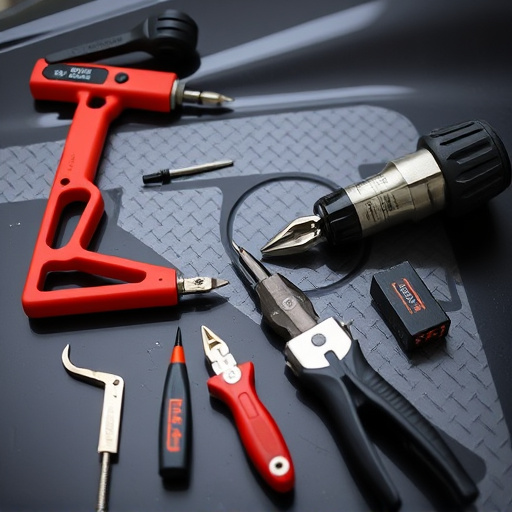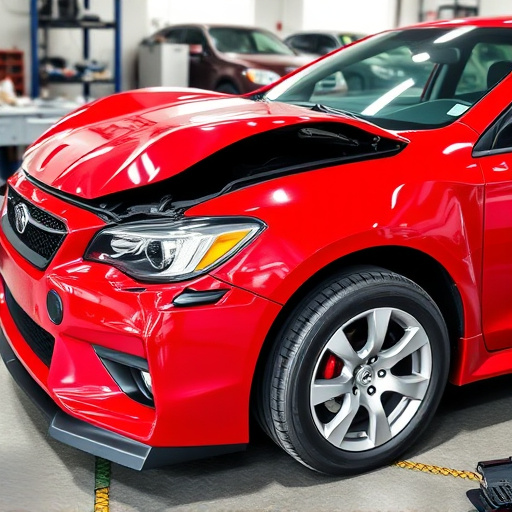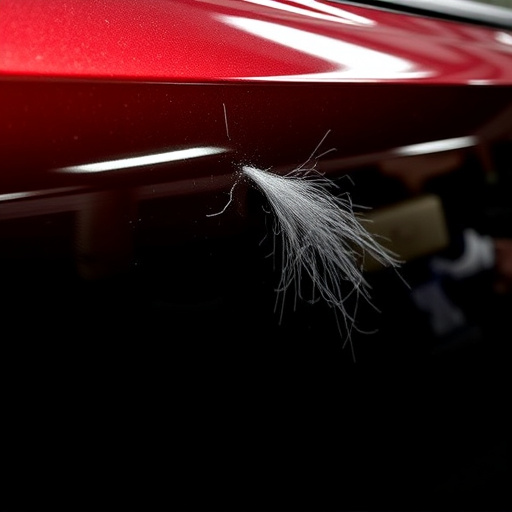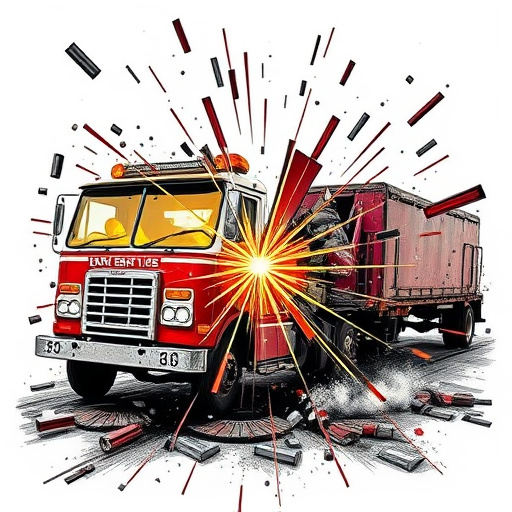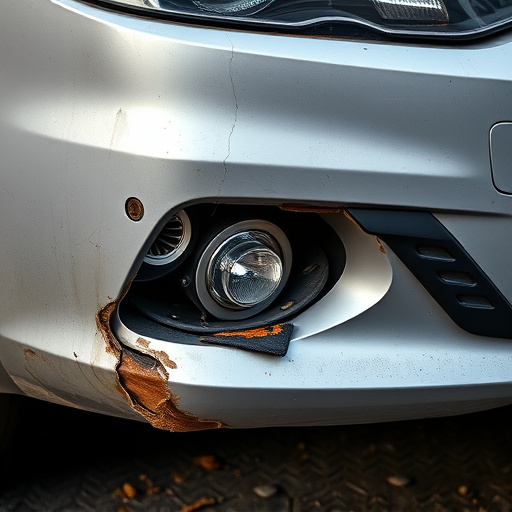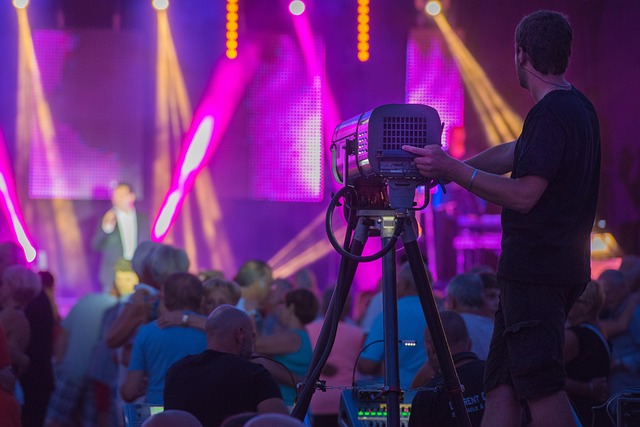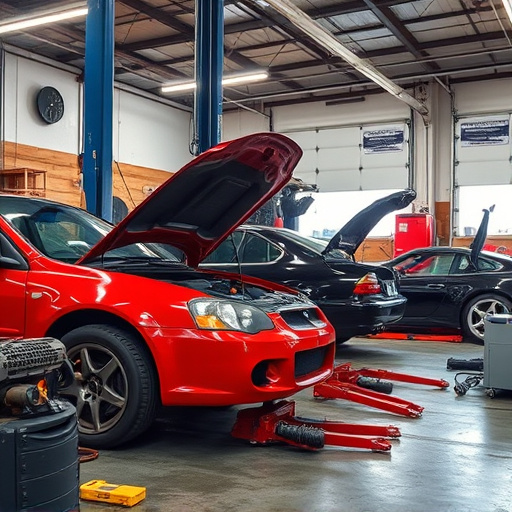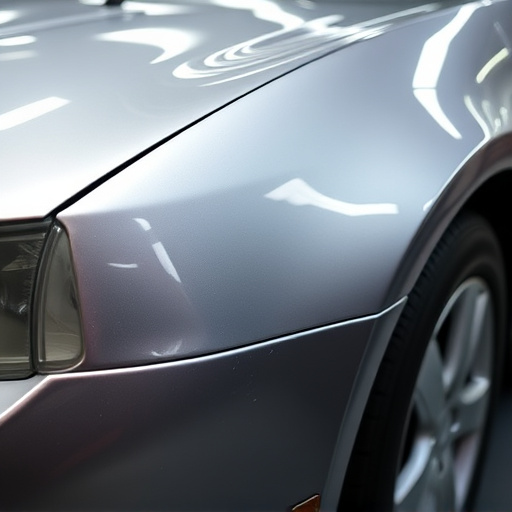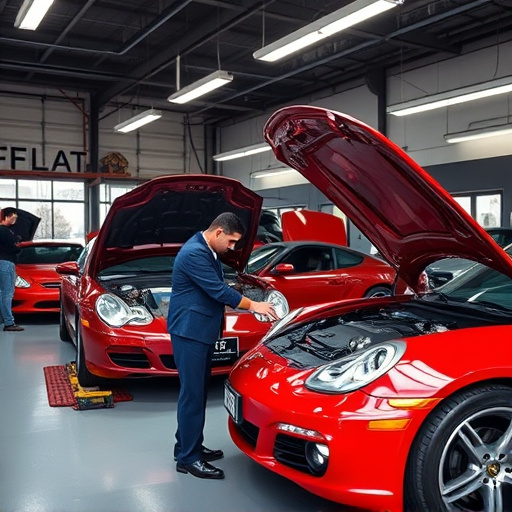Tesla charging port issues like slow or failed charging often stem from physical damage, loose connections, or structural problems. Assess for minor issues and make simple repairs yourself. For complex cases like cracked ports, visit a collision repair center specializing in Tesla care to ensure precise, safe, and reliable fixes, maintaining battery health and performance.
Experiencing slow or failed charging with your Tesla? You’re not alone. The Tesla charging port, a crucial component for quick and efficient recharging, can encounter issues due to everyday wear and tear or improper handling. This article guides you through understanding common charging port problems, diagnosing the root cause, and provides a step-by-step repair process featuring common solutions. Learn how to restore optimal charging performance for your electric vehicle.
- Understanding Tesla Charging Port Issues
- Diagnosing Slow or Failed Charging
- Repair Process and Common Solutions
Understanding Tesla Charging Port Issues
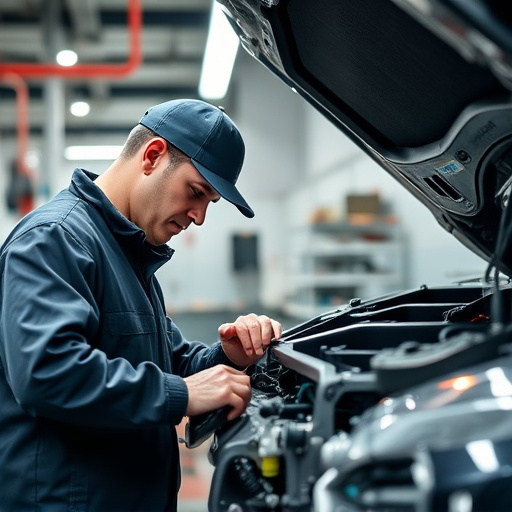
Tesla charging port issues can be frustrating for any owner, especially when it comes to slow or failed charging. It’s important to understand that these problems are often caused by a variety of factors, ranging from minor dents and debris to more significant structural damage. A Tesla charging port is designed to withstand frequent use, but like any component, it can wear down over time or be affected by unforeseen incidents.
One common issue is a loose connection, which can result in slow charging speeds or intermittent disconnections. This is often due to minor dents or misalignments that disrupt the secure fit of the port. For more severe cases, a collision repair center might be needed to address issues like cracked ports or extensive damage from accidents. In contrast to problems with other vehicle components, Tesla charging port repair requires specialized tools and knowledge to ensure proper alignment and functionality without compromising the car’s overall safety and performance, much like how a Mercedes-Benz collision repair center caters to intricate detailing and precision in their repairs.
Diagnosing Slow or Failed Charging
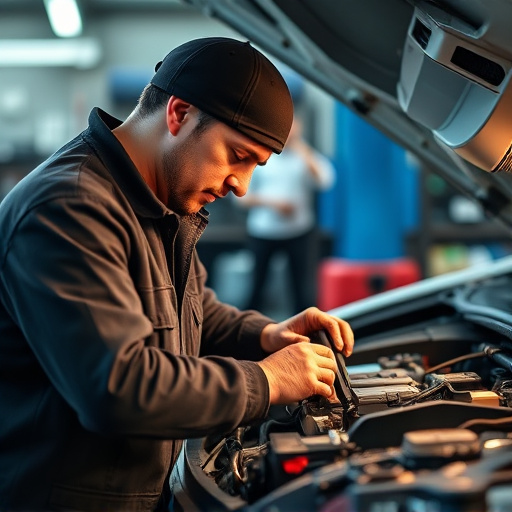
When your Tesla’s charging port is causing slow or failed charging, it’s crucial to pinpoint the issue promptly. Start by checking for any physical damage to the port itself and its surrounding areas. Inspect for loose connections, frayed wires, or signs of wear and tear that might impede the charging process. A visual examination can often reveal obvious problems that may require a Tesla charging port repair.
Next, utilize diagnostic tools designed for electric vehicle (EV) maintenance. These tools can help identify issues related to voltage levels, cable integrity, and communication protocols between your Tesla and the charging station. If you’re not comfortable performing these diagnostics yourself, consider visiting an auto repair shop near me that specializes in EV care. They have the expertise and automotive restoration techniques needed to accurately diagnose and resolve slow or failed charging issues, ensuring your Tesla is ready for its next recharge.
Repair Process and Common Solutions
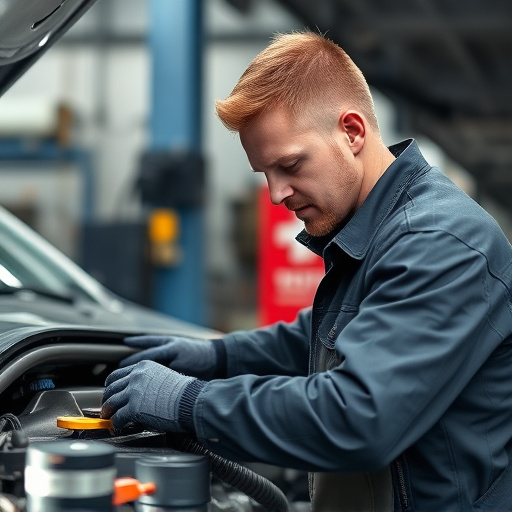
Tesla charging port repairs are often needed when drivers experience slow or failed charging. The process typically involves diagnosing the issue, which can range from loose connections to hardware damage. Many owners opt for DIY solutions, especially for simple cases like a faulty charger cable or a slightly bent charging port. However, more complex issues may require professional intervention.
Common solutions include tightening connections, replacing damaged cables, or repairing/replacing the charging port itself. For instance, a classic car restoration specialist can expertly address wear and tear on older vehicles. Vehicle repair services also offer specialized tools and expertise to handle delicate operations like disassembling and reassembling components without causing further damage. Remember that prompt attention to charging issues is crucial for maintaining optimal battery health.
When faced with slow or failed charging issues with your Tesla, understanding and correctly diagnosing the problem is key. The right repair process, often involving straightforward solutions, can get your vehicle back on track. By familiarizing yourself with common issues and their fixes, you’ll be well-equipped to address or even prevent future Tesla charging port repairs. Remember, prompt action can save time and ensure your electric vehicle remains a reliable companion for years to come.

